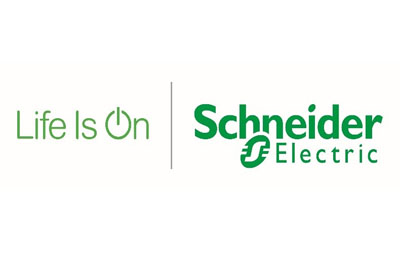Smart Technology Leads the way for Energy Efficiency at Electric Utilities

December 7, 2017
How are you maximizing grid efficiency? Reducing electricity network losses requires smart strategies that improve active and passive energy efficiency. By planning, measuring, and improving transmission and distribution (T&D) efficiency and installing digital technology that is more accurate and connected, electric utilities take a big step toward increasing energy efficiency and trimming operating costs.
In part one of this blog series, we’ve established why efficient operations are crucial for staying in compliance, integrating distributed energy resources (DER), and saving money. Now let’s take a closer look at how utilities and distribution system operators (DSOs) can modernize operations to accommodate regulations and reduce costs.
Advanced distribution management systems (ADMS) can be implemented for tasks such as estimating and minimizing losses, managing peak demand, and automated fault location, isolation, and service restoration. An ADMS simulates the impact on reliability of supply, losses, and voltage management, and algorithms calculate optimum configurations based on data that comes from sensors, smart meters, and a number of switch operations. Deploying a system like ADMS provides many benefits, including decreasing losses, improving voltage quality, and achieving an optimal voltage profile.
Distributed energy resources are straining utilities’ ability to maintain their contractually agreed upon voltage levels. DERs, which have variable energy outputs, are being injected into the grid and can cause the voltage to increase in one section of the grid while it decreases in another. Traditional voltage control tools are no longer adequate for managing these demands and fluctuations, so utilities and DSOs are deploying new solutions and sensors to finely tune the voltage control infrastructure to minimize technical losses and reduce costs. There are a , including smart sensors, virtual sensors, and remote terminal units (RTUs) to aid in this process.
A monitoring system for European-style networks where LV networks have three phases and a neutral wire can collect data such as substation and feeders’ daily load, voltage, and temperature profiles to provide a detailed analysis of MV/LV level performance data. This type of LV monitoring can accommodate more DER since it addresses problems such as load imbalance and works to decrease energy loss, which can improve substation output and reduce joules losses in cables.
Losses are assumed to range between 1,000 to 10,000 euros per MV/LV substation per year in European countries. Therefore, reducing losses is a top concern and there are many strategies for going about this, including adding smart energy meters and additional sensors that identify the source of losses and quantify them so that network operators can start energy efficiency improvements.
Utilities have made huge strides in meeting their energy efficiency goals by modernizing inefficient distribution transformers, which have a high potential for improvement. Transformer technology has gotten significantly better in recent years and now includes different transformers options that allow utilities to optimize OPEX and CAPEX.
These strategies and suggestions are just a jumping-off point. For a more in-depth look at how you can modernize your operations while decreasing your network distribution losses, don’t miss “Smart Distribution Utility Strategies that Maximize Grid Efficiency.”









![Guide to the Canadian Electrical Code, Part 1[i] – A Road Map: Section 52 — Diagnostic imaging installations](https://electricalindustry.ca/wp-content/uploads/2022/11/Guide-CE-Code-2.png)






